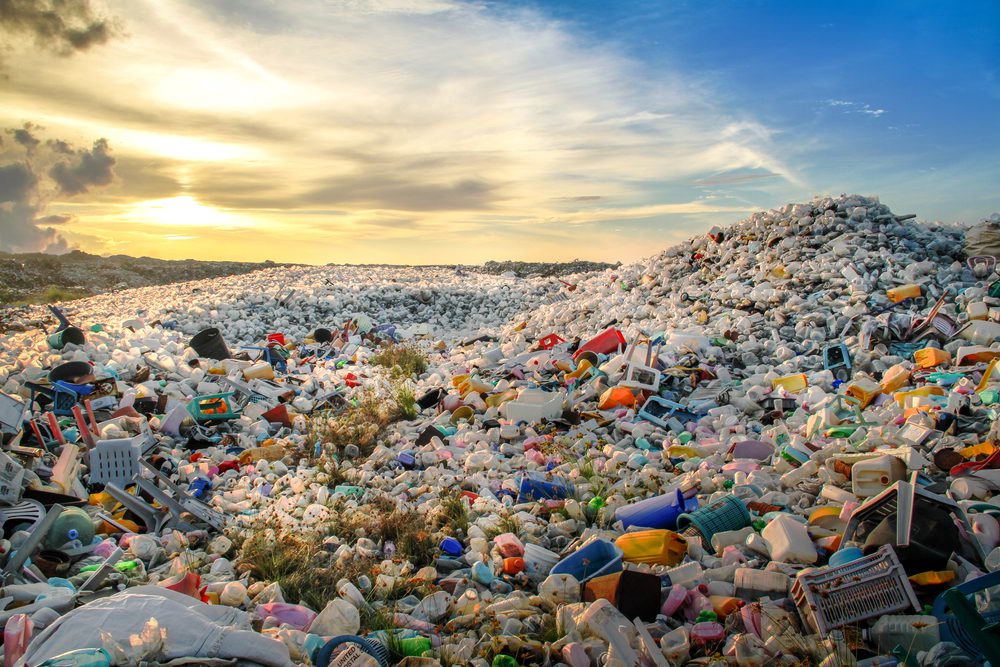Photo: Mohamed Abdulraheem / Shutterstock
By Jack Kaskey (Bloomberg) — With all those plastic-trash haters filling the Internet with images of garbage-choked oceans and demanding bans on everything from drinking straws to grocery bags, chemical companies are beginning to get alarmed.
Their solution: A public pledge by the new Alliance to End Plastic Waste to spend $1 billion over five years to clean up marine debris, improve recycling and develop new technologies to reduce pollution. That may sound like a lot of green, but the Alliance is made up of 28 companies that make plastics, packaging and consumer products, which averages out to each company spending just over $7 million on the effort each year.
That’s pocket change for alliance members like LyondellBasell Industries NV, which sells about $20 billion a year in plastics and related chemicals, and for Procter & Gamble Co., the biggest consumer-products company in the alliance, whose $67 billion in sales depend on disposable plastic packaging. Meanwhile, Dow Chemical, now a unit of DowDuPont Inc., is ramping up plastics production with a recently completed $6 billion U.S. investment.
The alliance represents groundbreaking collaboration to solve the pollution problem, said Lyondell Chief Executive Officer Bob Patel, one of the leaders of the project. They’re just getting started, he says, with recruiting underway for more members that would boost funding to as much as $1.5 billion, as well as plans for growing their investments.
‘Powerful’ Collaboration
“This approach is unique because it brings together and focuses the efforts and knowledge of plastics producers, consumer goods companies and retailers, as well as waste management companies,” Patel said. “Having the resources and knowledge of the entire global value chain under one umbrella with the same goal is really very powerful.”
So is $1.5 billion over five years likely to fulfill Patel’s goal to “end plastic waste”? Not even close, according to an Ocean Conservancy report that estimated it would cost $5 billion a year for a package of initiatives to reduce the global leakage of plastics into the ocean by 45 percent in the next six years. Even that plan wouldn’t see the trash flow ending until 2035.
Oceana, another U.S.-based conservancy group, said the alliance is trying to justify ever-increasing plastics production rather than committing to cut output.
“Plastic-filled bellies of marine birds, sea turtles and fish tell us that this has gone way too far,” Jacqueline Savitz, Oceana’s chief policy officer, said in a statement. “It’s time for those responsible for the problem to stop dreaming and start reducing.”
© 2019 Bloomberg L.P

 Join The Club
Join The Club











